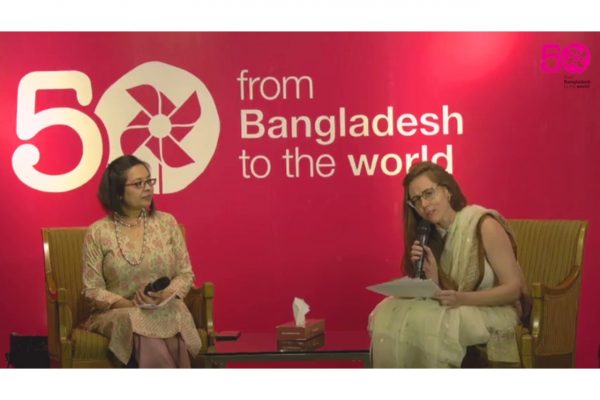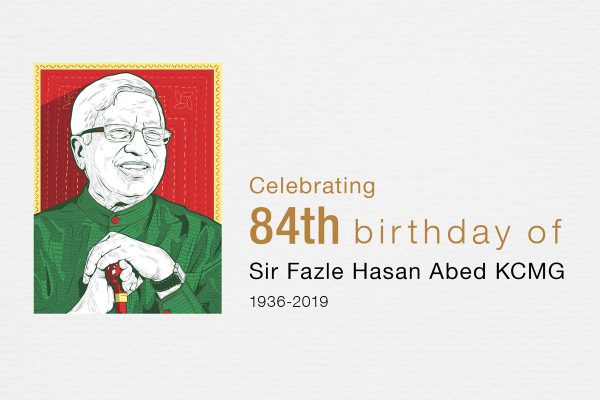RTI Act: Power to people
Reading Time: 2 minutes
People of certain five Upazilas of Bangladesh have recently started writing much more applications than usual. In last one year, they have written more than 1000 application and that too seeking information from government offices. For a regular village of Bangladesh that is an unusual phenomenon.
People of certain five Upazilas of Bangladesh have recently started writing much more applications than usual. In last one year, they have written more than 1000 application and that too seeking information from government offices. For a regular village of Bangladesh that is an unusual phenomenon. It all started with a new popular theatre show being staged in their area. The drama was about villagers catching an engineer stealing money from village’s road construction project. The villagers were able to do so by receiving project information through the Right to Information (RTI) act. This show increased the interest of the villagers about the RTI act as they recognised it as a tool for ensuring justice for themselves.
RTI law has legally established peoples’ access to information from any institution involved with public affairs. The RTI act was passed in 2009 and has spurred much discussion on its possible implications for the poor. Bangladesh having literacy rate of around 54% and extreme poverty of 32% was posed with the challenge of having this law used by its people. BRAC started working in five Upazilas in July 2011 to find a sustainable solution to this problem.
BRAC’s initiative had a two way approach. It worked to create awareness about the law using existing networks and tools such as, popular theatre performances and ‘Polli Shomaj (community-based rural women’s organisation) meetings; and it created a cadre of 145 community based volunteers- trained as RTI infomediaries- to provide hand holding services through the RTI clinics. RTI clinics were held right after every popular theatre show; where infomediaries provided relevant information and assistance to the people. This created the high number of applications submission from these Upazilas. The model shows an effective solution ready for scaling up.
A case story of Dolly, an RTI infomediary, captures an event of poor benefitting from this act. A farmer sought her assistance in finding out the standard procedure for land mutation. The farmer was asked for BDT 10,000 by a land officer before. After submitting an application as per the regulations of the RTI Act, Dolly discovered that the actual cost for the farmer’s land mutation would amount to only BDT 252. This also shows that the proper practise of RTI law can ensure better service delivery and good governance for the people.
An assessment of this project by a Commonwealth Scholar from University of London, S. M. Shamim Reza, was shared at ‘National Seminar on Right to Information’. His study illustrated that the project has created interest and confidence amongst the rural communities in utilising the act. Mr Reza’s study also found that the aware service seeker has raised the accountability of government agents. The Information Commissioner of the Information Commission Bangladesh, Sadeka Halim was also present at the event and expressed her opinion.
The need of increasing government agents and service providers’ capacity was also identified from the projects experience. The government offices store information in hard copies making finding and providing information very difficult. The need of an improved information management system for government offices is felt both by the service provider and seekers. This law has created a scope of revolutionising the total public service scenario of our country. When need is felt, solution is found. Awareness on the RTI law has started to create that need.







